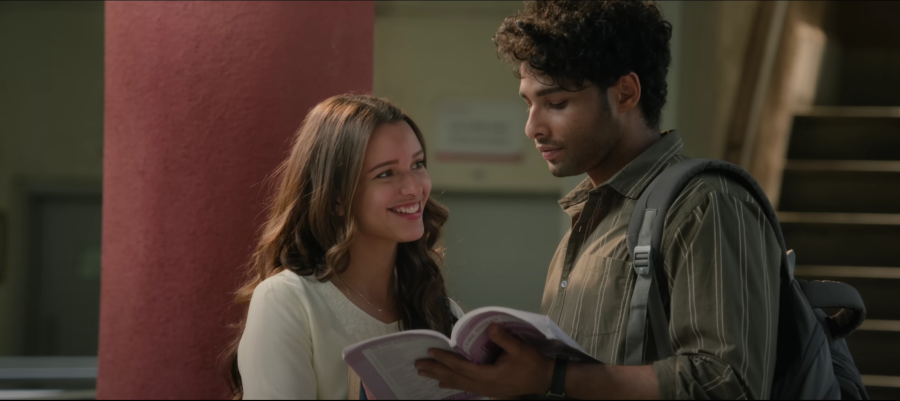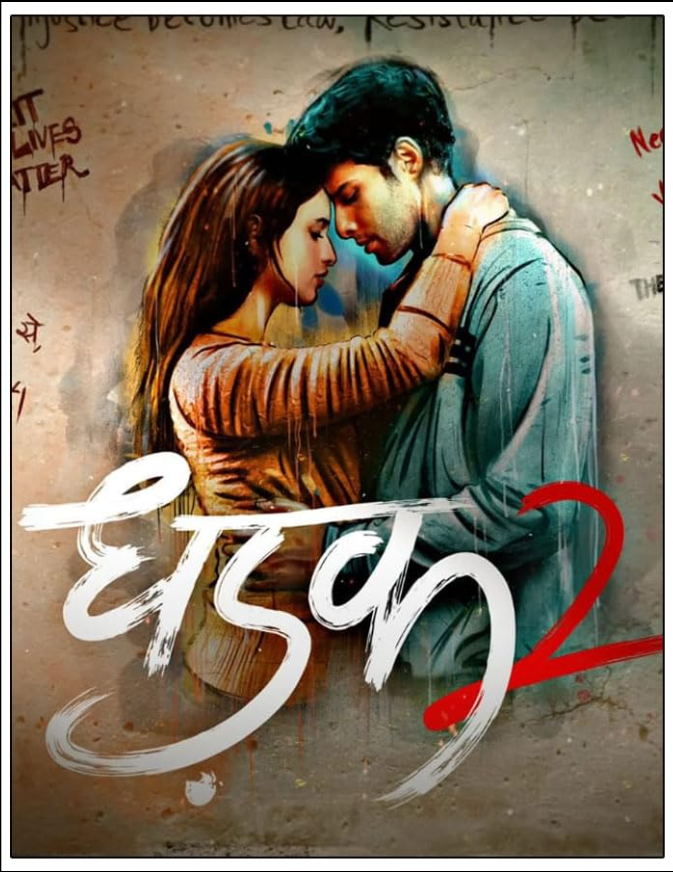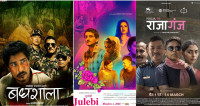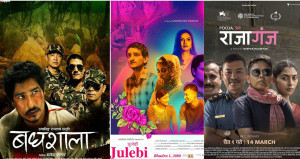Movies
‘Dhadak 2’ is moving but stretches melodrama
With strong performances and raw honesty, the film tackles caste and social injustice, though it relies too heavily on dialogues.
Sanskriti Pokharel
The review contains spoilers.
Like most movies tackling social issues, ‘Dhadak 2’ raises issues on caste, identity, patriarchy, and feminism, and it stretches those concerns to make the audience feel something. Maybe even a bit too much at times.
Directed by Shazia Iqbal, who’s new to filmmaking, ‘Dhadak 2’ is bold and brave in its intent. It tries to make viewers uncomfortable in order to evoke emotion and empathy. There are long, emotional monologues and loud, dramatic dialogues—all clearly designed to hold your attention and stir empathy.
But sometimes, it goes overboard. In trying so hard to highlight pain and injustice, the film occasionally starts to feel exaggerated, almost like it’s trying to sell struggle and that’s where the term “poverty porn” comes to mind.
Still, for those who believe art should be subversive, this movie is exactly that. Art has a responsibility not just to entertain, but to provoke, to expose injustice, critique oppressive systems, spark rebellion or awareness and represent marginalised voices. This is exactly what the movie does. Rather than just aiming to entertain, it wants to expose, to question, and to represent. And that’s something worth appreciating.
One of the film’s strongest elements is its portrayal of caste-based discrimination in education. Neelesh (Siddhant Chaturvedi), a lower-caste law student, often hears teachers dismissing his admission as a result of reservation.
These remarks linger with him and seem to follow him, raising concerns about how he will survive college under such treatment. Will he ever be able to enjoy his youth like others do? The film addresses these scenes with sensitivity, allowing you to feel the weight of his experiences. It doesn’t just depict discrimination in schools but also in everyday life. In one heartbreaking scene, Neelesh is invited to a wedding, only to be humiliated, beaten, and even urinated on.
However, at times, the film relies heavily on explanation. The screenplay is both its strength and its weakness. On one hand, it creates space for real, nuanced conversations; on the other hand, it often overuses dialogue. One significant issue is that the film tells rather than shows. For instance, when Vidhi (Tripti Dimri) struggles to comprehend the issue of caste discrimination within their developing love, Neelesh walks her through his neighborhood, pointing out various occupations such as sweeping and cleaning gutters. Neelesh ‘introduces’ her to his world. While this is an important scene, the way it is presented feels overly direct. The film frequently assumes that the audience will not grasp the concepts unless everything is explicitly explained, which restricts opportunities for interpretation and emotional exploration.
Some of the monologues like Vidhi’s speech on honour are powerful, but again, too wordy. Sometimes, less is more. If the film had relied more on silence and imagery rather than words, it could have felt deeper. After all, good cinema doesn’t always need to say everything out loud.
When the trailer came out, a lot of people thought the colour grading looked dull. But watching the full film, it makes sense. The muted tones mirror harsh social realities. This is not a love story set in rose-coloured fantasy like ‘Kuch Kuch Hota Hai’ or ‘Student of The Year’. This is gritty, and the visuals match that mood. The cinematography uses greys, and dusty light to reflect a life stripped of privilege. The camera doesn’t try to beautify the underprivileged, it captures it as it is. Also, the colour grading is also akin to ‘Gully Boy’.

However, that said, the visual symbolism in the film isn’t always progressive. One thing that didn’t sit right with me was how Siddhant’s skin tone was darkened to show he belongs to a lower caste, while Tripti’s fairness remains untouched. It falls into an old stereotype: fair equals privileged, dark equals poor. For a film trying to challenge bias, this felt like a step backward.
That said, the costume design does a good job of reflecting class differences. Vidhi’s outfits are tiptop whereas Neelesh’s outfits are mismatched. The songs are also well-placed. Some are catchy, while others help carry the emotion.
The background music is another highlight. It blends in like an emotional undercurrent. During silent moments, you’ll hear just enough to feel the tension rise or emotions swell. During light and playful scenes between Neelesh and Vidhi, the background music is melodious. The music, overall, supports the story.
The film’s emotional rhythm is quite striking. The first half offers light, joyful moments before quickly plunging into violence and tension, it constantly pulls at your emotions. But the second half is much heavier, with almost no sense of relief or joy. It feels emotionally draining, likely by design. You’re not meant to leave the theatre smiling.
What truly stands out, though, are the performances. Many viewers in the comment section of the trailer have said how refreshing it is to finally see Tripti in a role that lets her shine. After films like ‘Animal’, where she had less to work with, ‘Dhadak 2’ gives her space to truly act and she nails it. Siddhant is just as strong, balancing anger and vulnerability in a way that feels real.
Despite a few flaws, ‘Dhadak 2’ is a film that dares to say something important. It moves you, disturbs you, and stays with you. And for that reason alone, it’s worth watching.
Dhadak 2
Director: Shazia Iqbal
Cast: Siddhant Chaturvedi, Tripti Dimri, Vipin Sharma
Duration: 122 minutes
Year: 2025
Language: Hindi




 9.12°C Kathmandu
9.12°C Kathmandu











%20(1).jpg&w=300&height=200)

